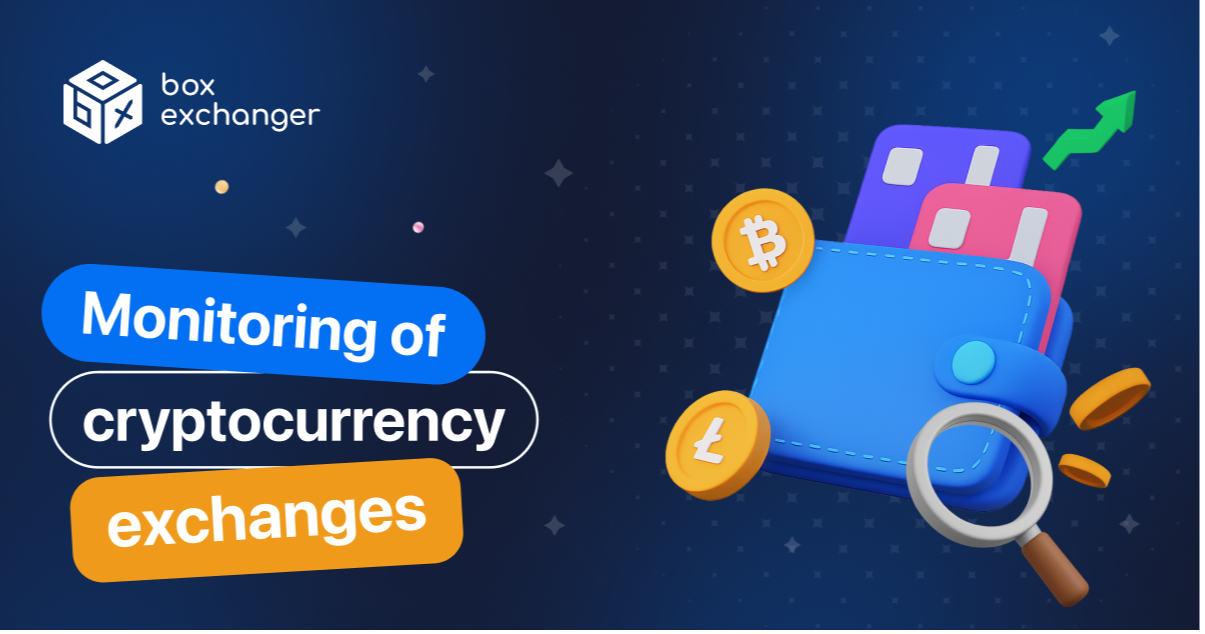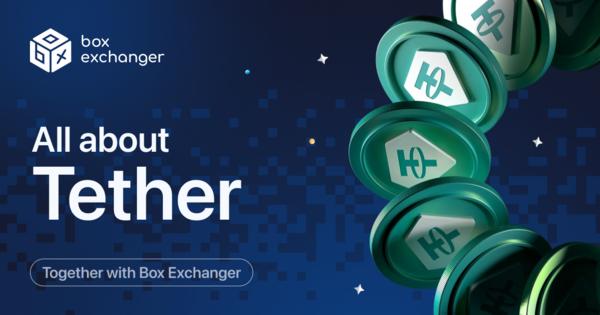5 min.
Exchange Service Monitoring
Added: October 25, 2025

The market for exchanging digital and fiat assets is huge and dynamic: the total daily trading volume of the crypto market often fluctuates around tens of billions of dollars, so it is important for the user to quickly find a profitable rate and a reliable provider. For this task, exchange service monitoring was created — aggregators that compare offers from different services in real time and show deal conditions, reserves, and reviews. According to Triple-A, the crypto market audience has already exceeded 560 million people worldwide, which only increases the demand for such tools.
What is Exchange Service Monitoring
Exchange service monitoring tools usually refer to catalogs and aggregators that collect rates via API/feeds, sort them, and supplement them with service information: exchange service uptime, reserve volume, operation mode labels (auto/semi-auto/manual), and rating based on reviews. Services of this kind are often called crypto exchange monitors: the user selects a direction, receives a list of providers, and proceeds to place an order on their websites. Moderation and participation rules of exchange services play an important role in such catalogs — for example, BestChange requires accurate rate and reserve data transmission and proper operation mode labeling.
How Exchange Service Monitoring Systems Work
A typical scheme looks like this: the monitoring system collects rates and reserves through export files/XML/JSON or public APIs of exchangers, then ranks offers by profitability and filters. In the field of cryptocurrencies, this is especially useful due to price fluctuations and differences in network fees; for example, a Bitcoin block is designed for an average interval of about 10 minutes, which affects the speed of fund arrival. Here, crypto exchange monitoring helps: the user sees up-to-date rates and can account for network and service fees before creating an order.
Large aggregators also add reviews and risk alerts. Some platforms use automatic detection of suspicious feedback, which increases the informativeness of ratings. However, the aggregator remains an informational showcase: the guarantor of the transaction is the selected exchange service, and the decision is made by the user
How to Start Using Exchange Service Monitoring
- Determine the exchange direction and the desired payment/receiving method.
- Enable filters: minimum/maximum amount, reserve, operation mode, KYC/AML requirements.
- Compare the final amount, taking fees into account.
- Check reviews and the exchanger’s “age” in the listing.
- Go to the provider’s website and submit your request.
For frequent use, it’s convenient to bookmark the online exchange monitoring platform and set up your own filters. Owners of their own exchange services may find the BoxExchanger software useful: the solution includes ready XML/JSON/TXT rate files, API “for monitorings,” and parsers (including BestChange/Kurs.Expert), as well as AML modules and integrations with merchants. This makes it easier to connect to aggregators and maintain up-to-date exchange rates.
Examples of Popular Exchange Monitoring Sites
- BestChange.com - the English version shows hundreds of active exchangers on the counter with updated rates; the FAQ describes data sources, reviews, and provider participation rules.
- ExchangeRates.Pro - compares prices across 333 platforms, supports 153 fiat currencies and 571 payment systems/banks, providing a real comparison of offers.
- OKChanger.com - a monitor with sorting by operation mode, rates, and other parameters, helping to quickly filter out unsuitable options.
Advantages of Using Exchange Monitoring
• Time savings: one screen instead of dozens of tabs with exchangers.
• Transparency of conditions: rates, fees, reserve information, and reviews are visible.
• Improved choice quality: rating and listing duration help assess the provider’s reputation.
• Guidance on AML/CFT compliance: FATF reports describe expectations for VASP and the Travel Rule; aggregators and exchange software take these requirements into account through verification and AML modules.
Possible Risks and Limitations
- • The aggregator reflects data, but the contract is concluded with a specific exchange point; it is important to check the service profile, conditions, and payment security. The BestChange FAQ specifically notes that the platform provides an objective market picture and does not act as a guarantor of the transaction — the responsibility for the choice remains with the user.
- Network delays and fees affect the final amount and the time of fund receipt. For example, Bitcoin network difficulty is recalculated every 2016 blocks to maintain an average block interval of about 10 minutes.
- The market is large and volatile, so the rate can change quickly; monitoring helps track dynamics, and the offer table helps choose the right moment. According to CoinMarketCap, the total 24-hour crypto market volume is usually measured in tens of billions of dollars.
Conclusion
Exchange monitoring is a practical tool for finding profitable and secure exchanges. It combines rates, reserves, service labels, and reviews, and also helps account for AML/KYC requirements through verification tools. The user gains time savings and a better understanding of the market picture, while exchange service owners get a fast way to integrate with aggregators through ready-made APIs and feeds (for example, in the BoxExchanger solution).
The information presented in this article is for informational purposes only and does not constitute a guide to action, financial advice, or investment recommendation. Cryptocurrency investments carry a high level of risk, and each investor should independently conduct analysis, assess their financial capabilities, and consult with professional financial advisors before making investment decisions.
Frequently Asked Questions
How to check the reliability of an exchanger from an aggregator?
Look at the service’s age in the listing, rating and reviews, reserve volume, and operation mode (auto/semi-auto/manual). Additionally, assess KYC/AML requirements and presence on multiple monitoring platforms. For BestChange, these parameters are described in the participation rules and FAQ.
Why does the final amount differ from the preliminary calculation?
The result is affected by network fees and rate fluctuations. In networks like Bitcoin, confirmation time is tied to the difficulty mechanism, and market fluctuations are reflected in the aggregator feeds.
Can I connect my own exchanger to monitoring platforms using ready-made software?
Yes. In particular, BoxExchanger provides a “ready API for monitoring integration,” XML/JSON/TXT export and rate parsers, as well as AML modules and merchant integrations — all of which speed up connection and support for up-to-date rates.
Also read

December 3, 2025
On-chain and off-chain transactions
On-chain and off-chain transactions for cryptocurrency exchange owners are not just theory—they are the foundation ...

November 26, 2025
Consensus mechanism in blockchain
The consensus mechanism in blockchain is a set of rules according to which nodes add new entries to the distributed...

November 21, 2025
All about Tether
When an online exchange owner wants to understand everything about Tether, it's not just about the exchange rate, b...